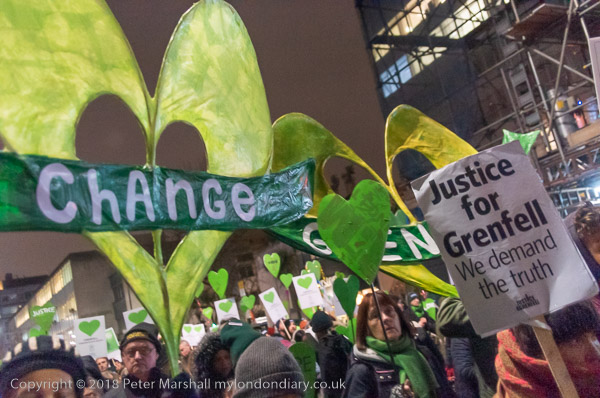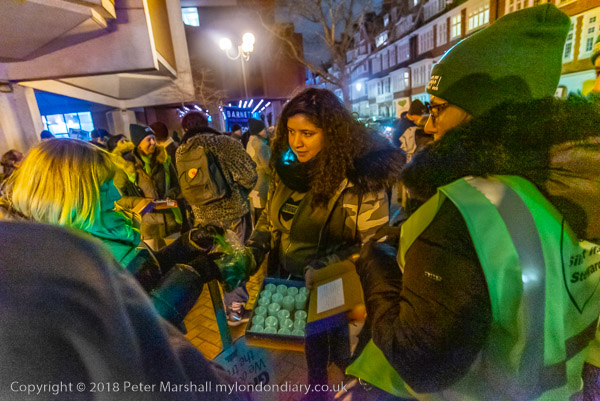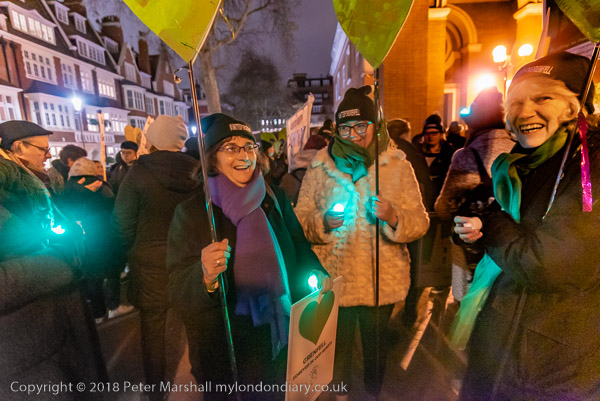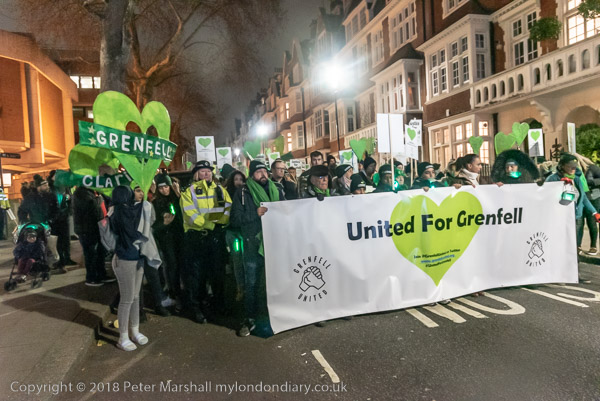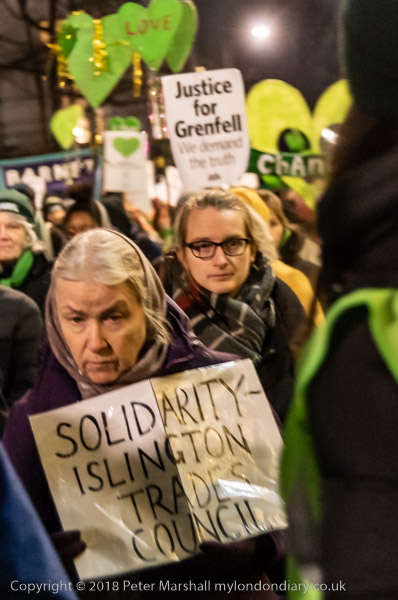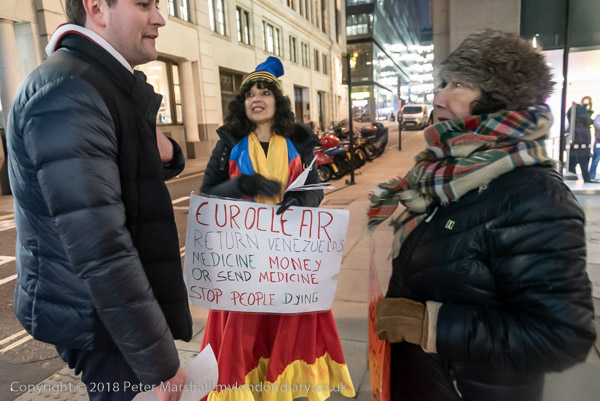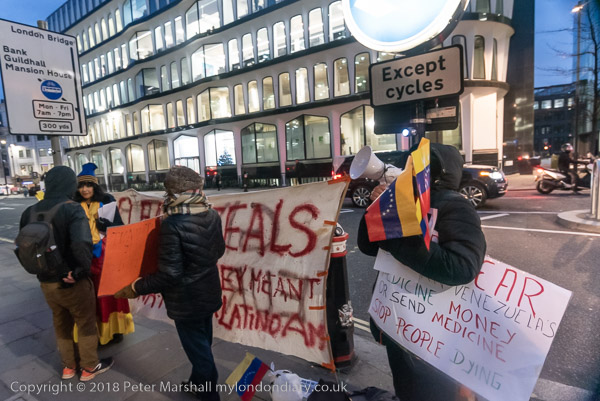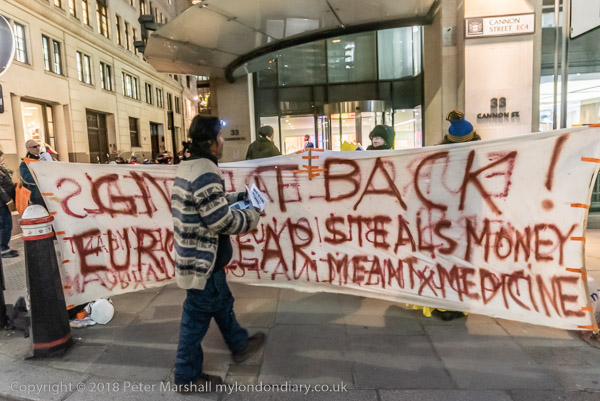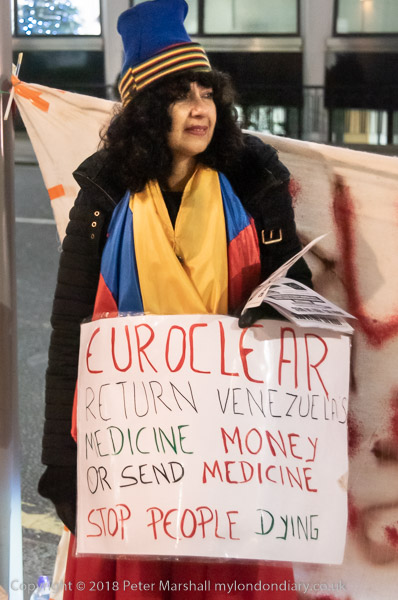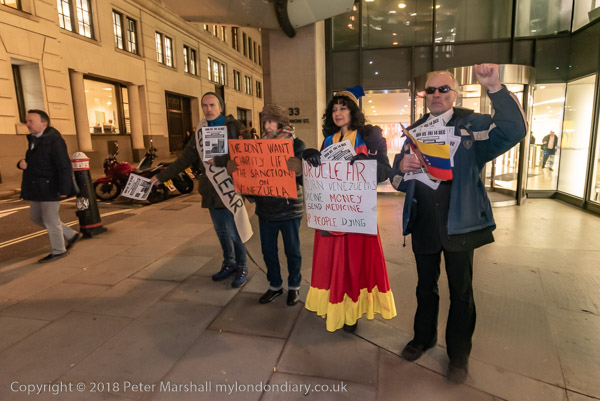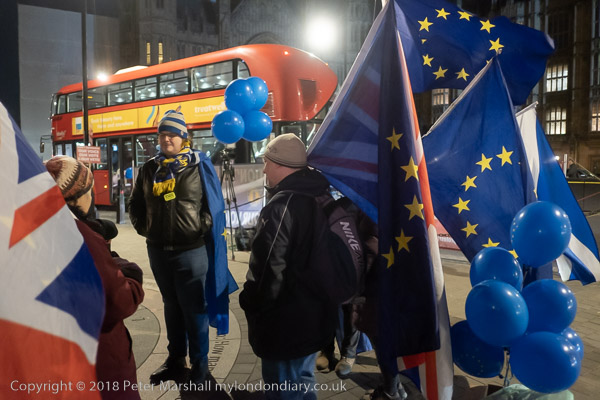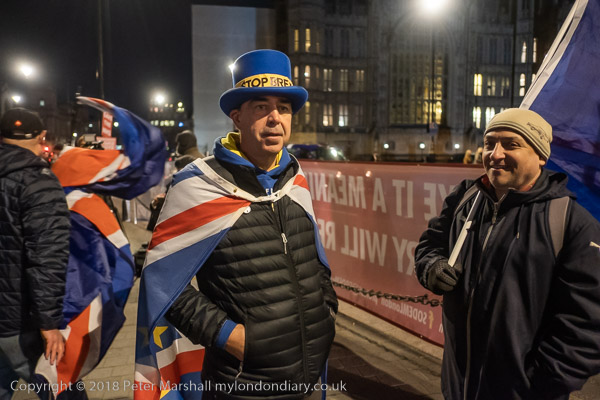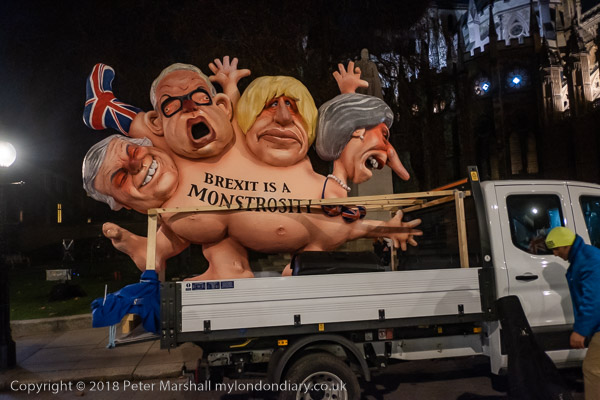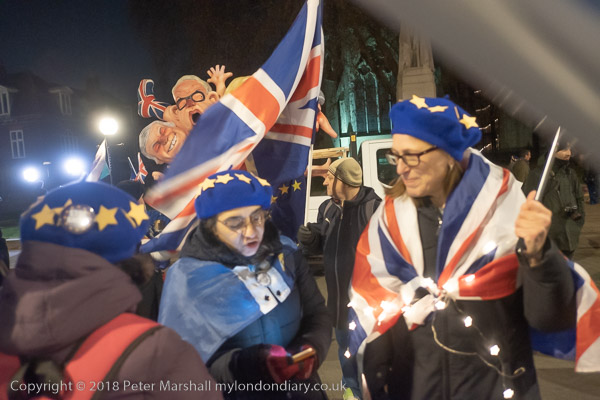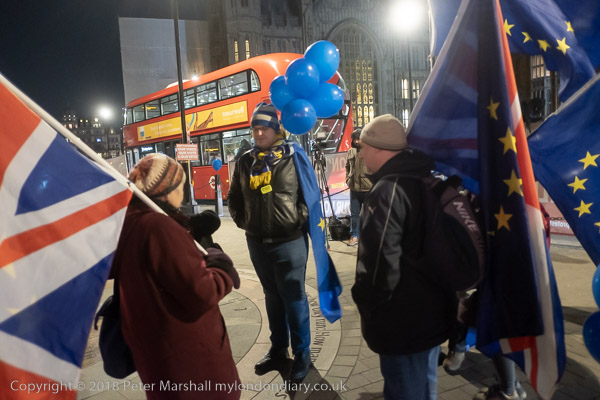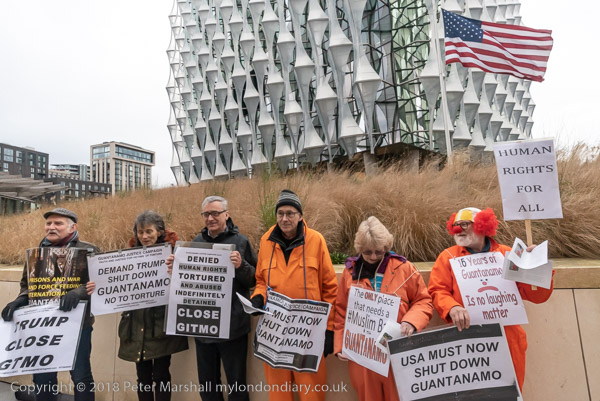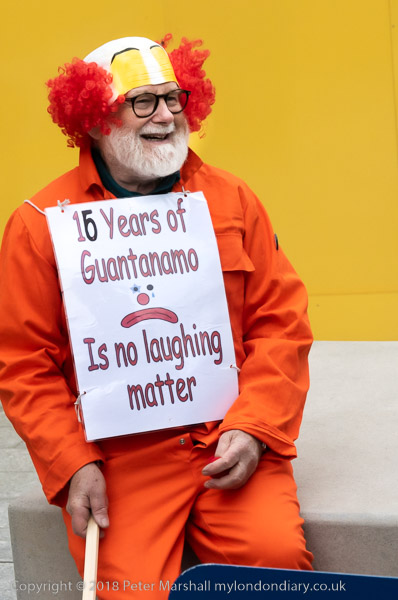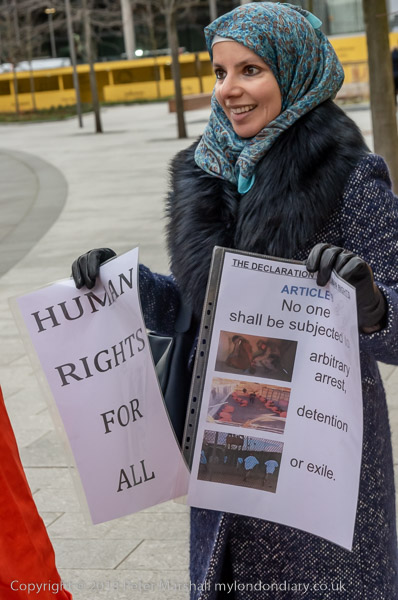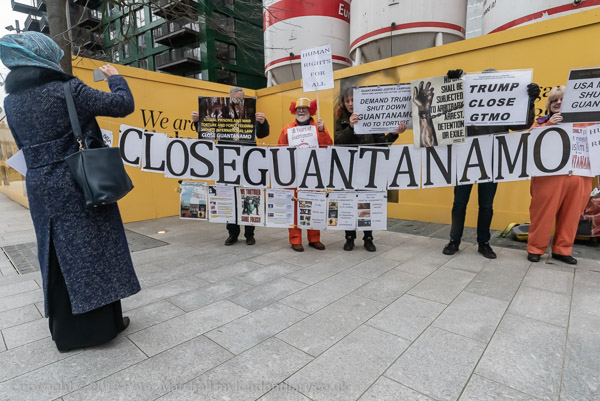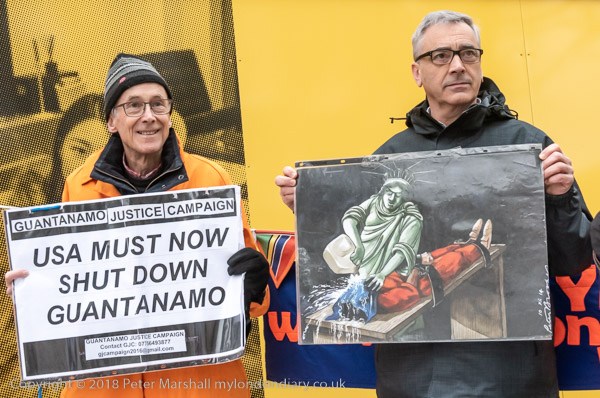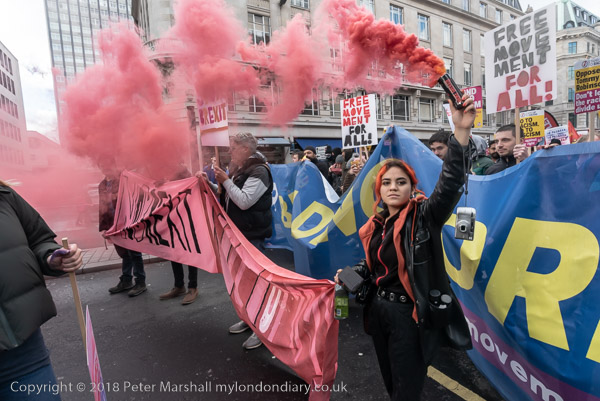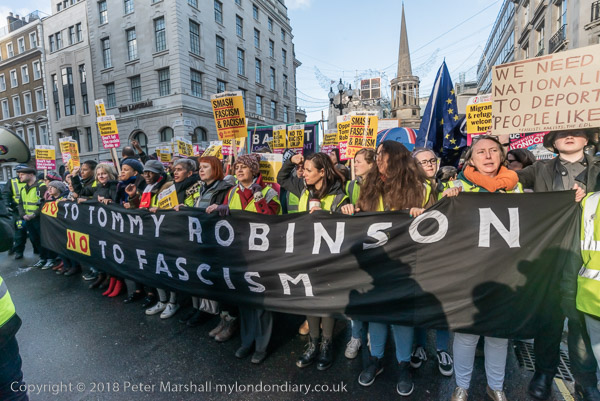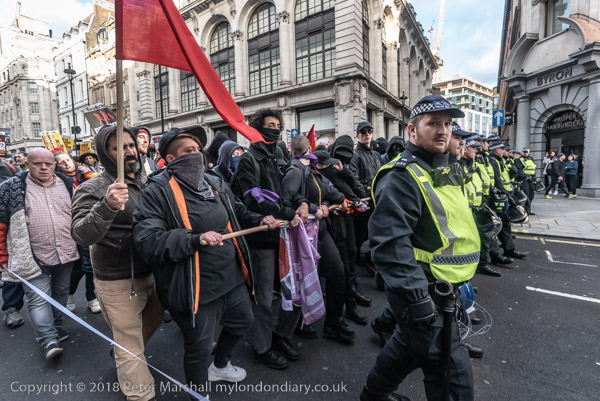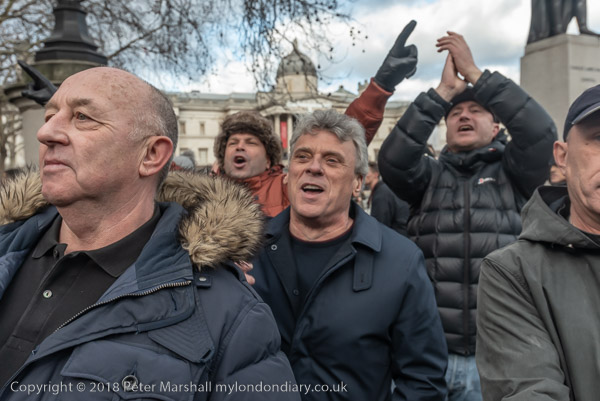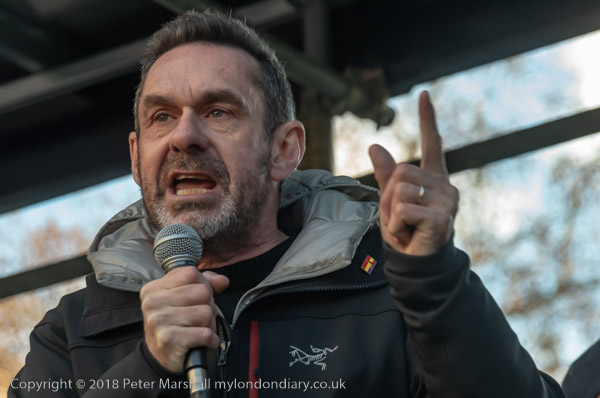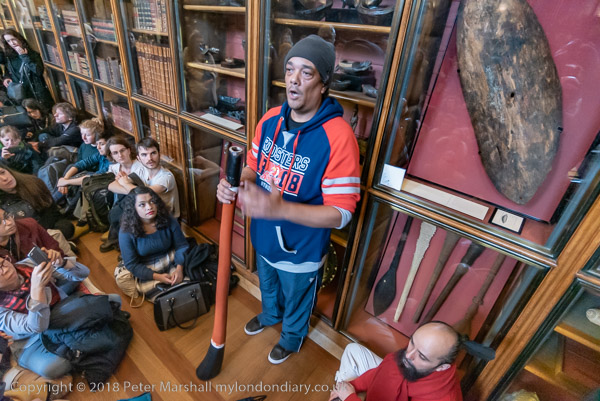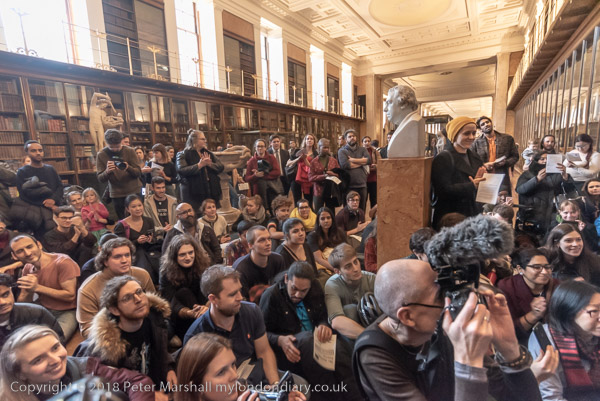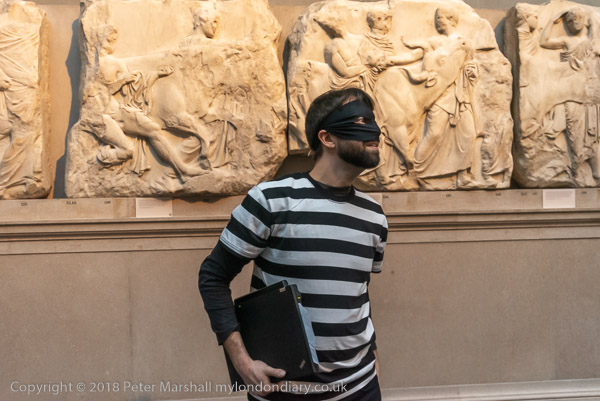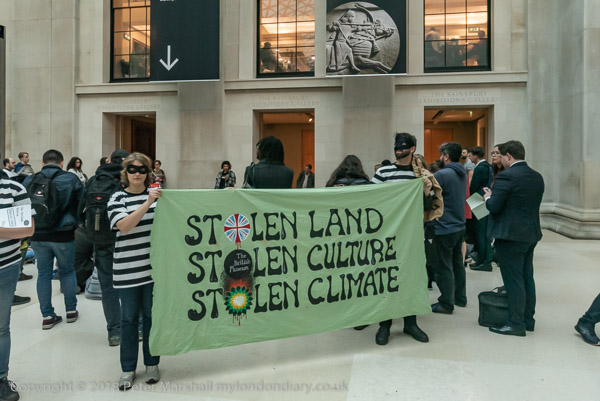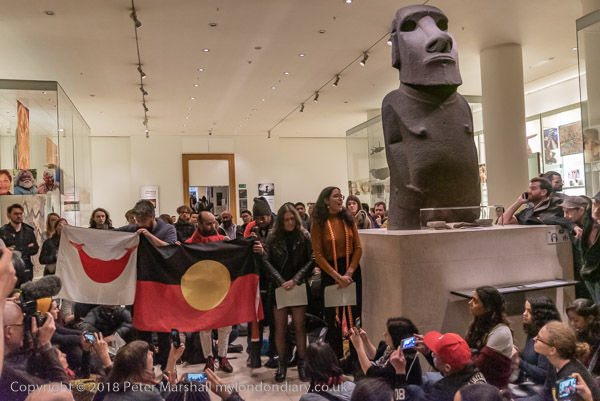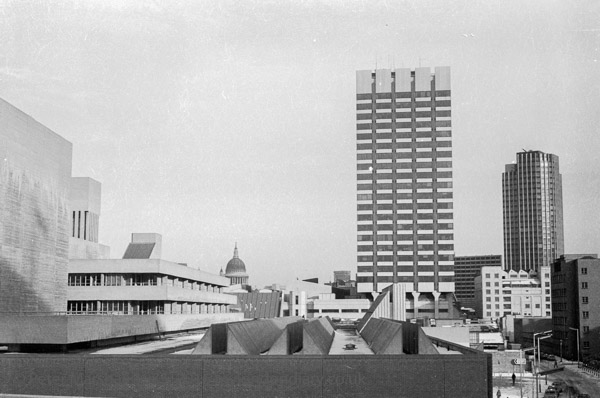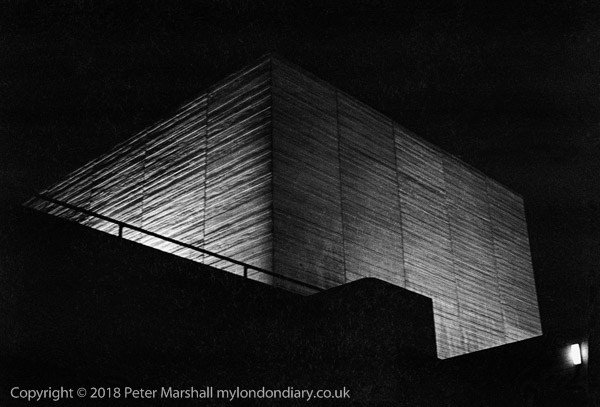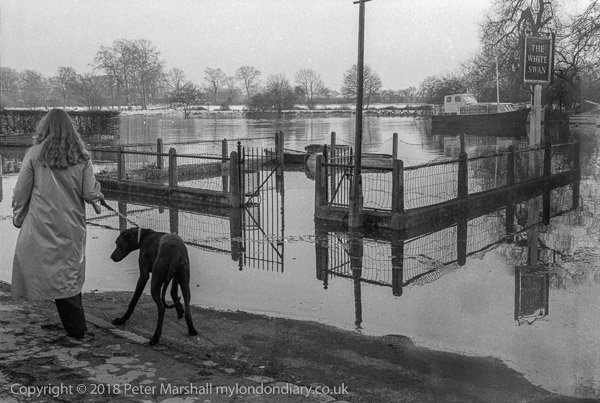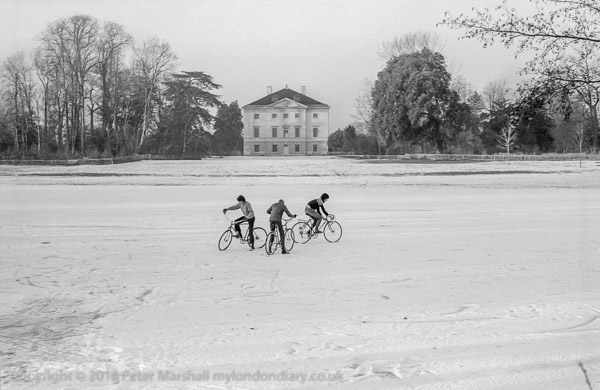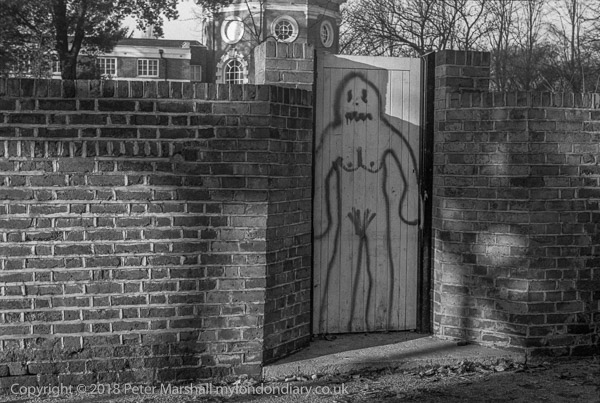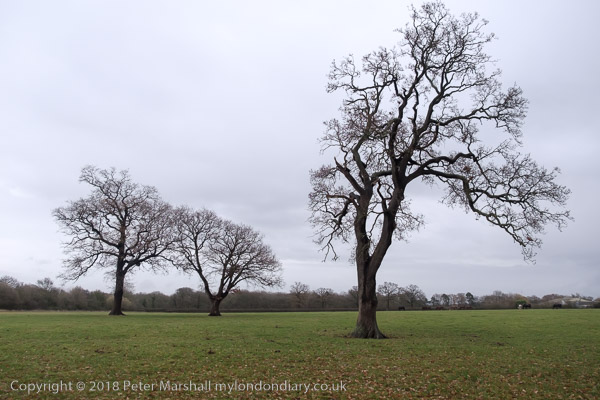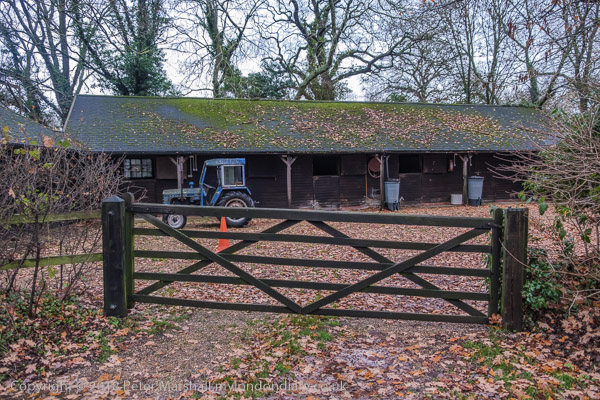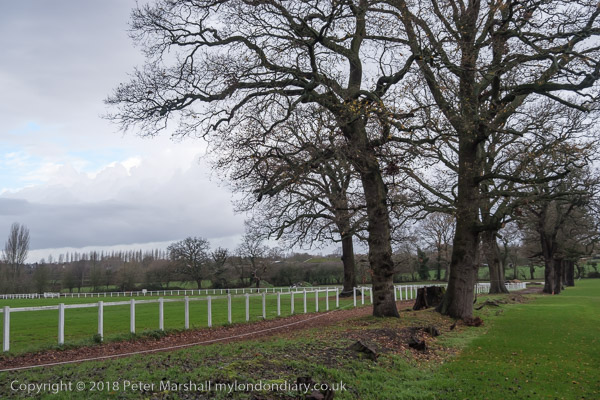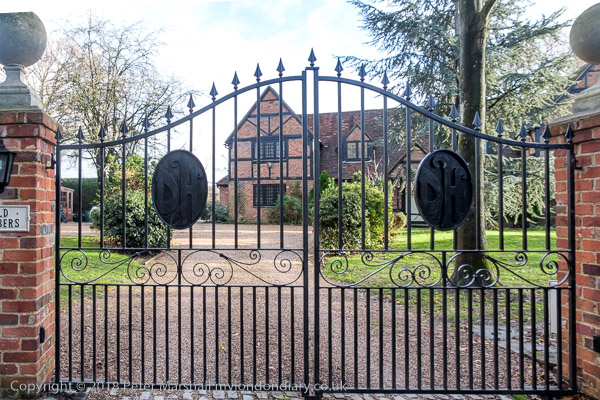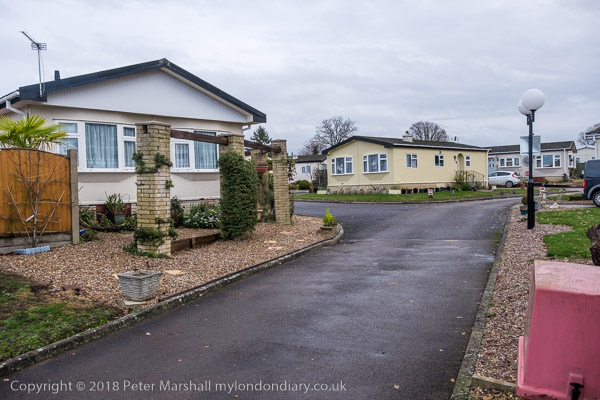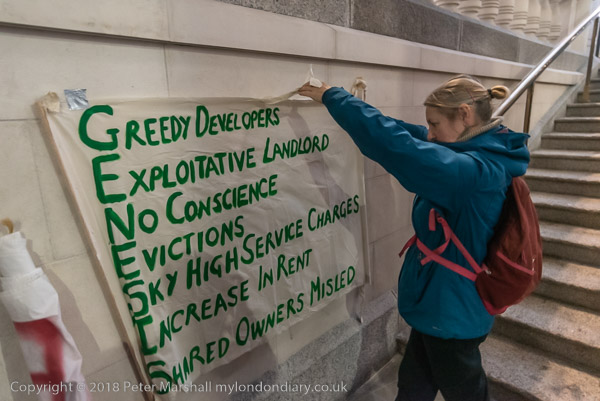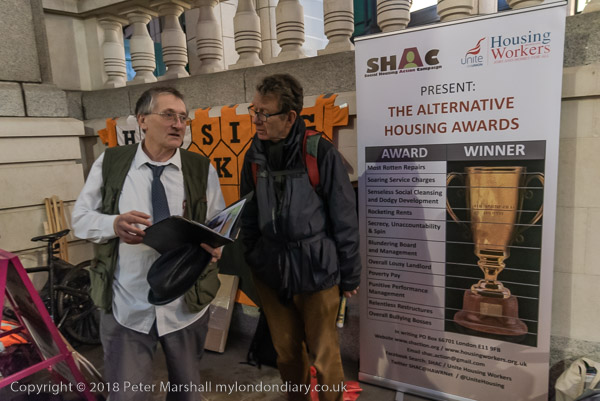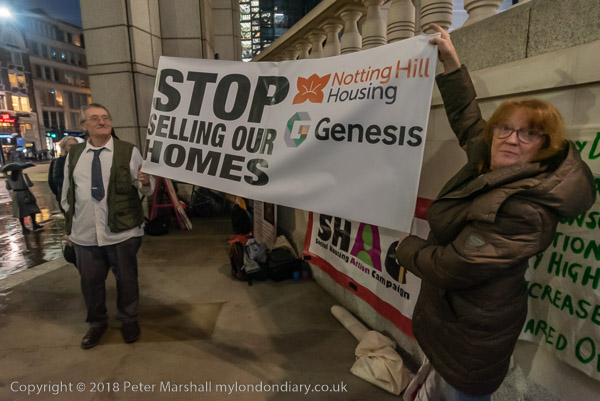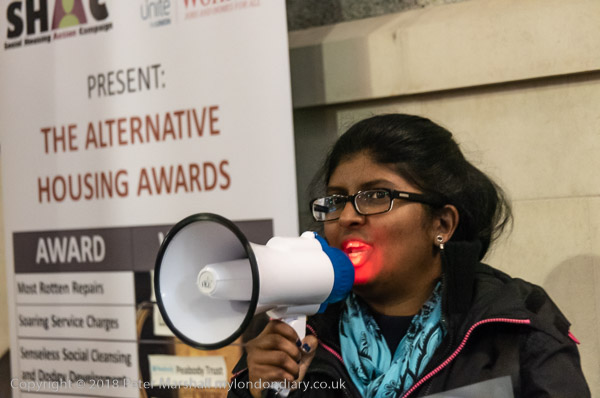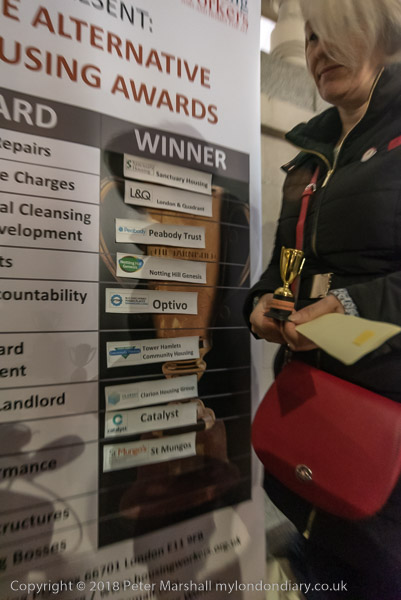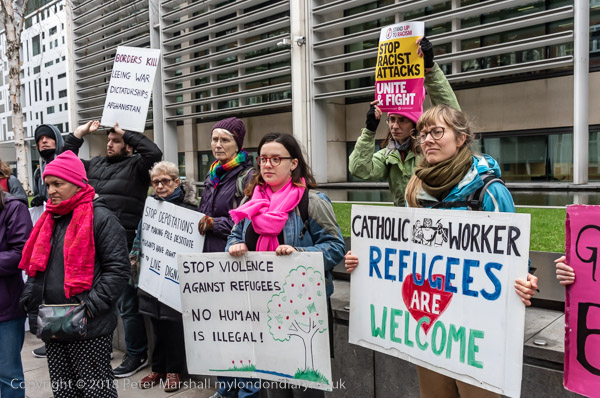
Sometimes the law is an ass. And sometimes the law realises it is being an ass and decides to try and mitigate its asinity, though in this case rather inadequately. The Stansted 15, peaceful protesters who prevented an illegal deportation flight taking place by going on to the runway and chaining themselves to the plane, should never have been charged with an offence under terrorist legislation because they clearly had no terrorist intent. Eleven of the 60 who were put on the flight have not yet been deported and should not have been on the plane; the Home Office should be in court for putting them there.
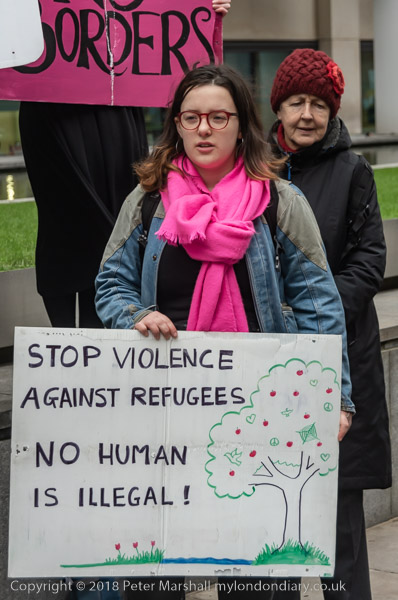
Equally clearly the government and the Home Office in particular put on a lot of pressure to get them tried under this entirely inappropriate legislation. It paints both police and Crown Prosecution Service in an extremely poor light that they bowed to this pressure, and it is perhaps surprising that the court went along with them.
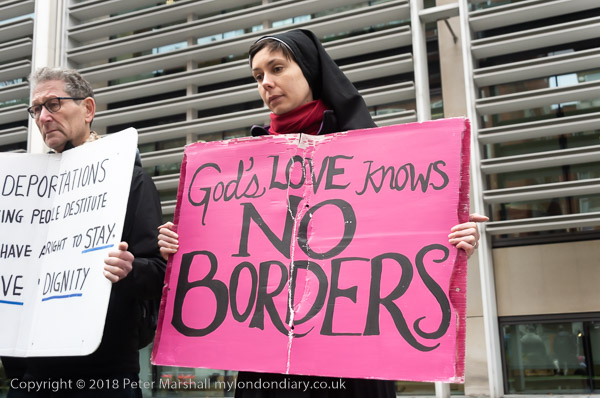
Using a terrorism charge meant that the accused could have been sentenced to 15 years in jail. They should not have been found guilty, but they were, though its hard to see why. Had the court really thought they were terrorists they would not have been on bail awaiting sentence, as they were at the time of this protest, spending a couple of months over Christmas worrying about what might happen, and whether they would spend years in jail.
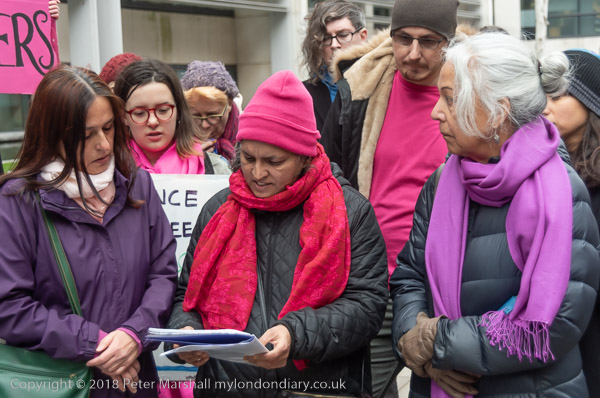
Even though none was given an immediated custodial sentence, three who had previous convictions for aggravated trespass in an earlier direct action were given a suspended sentence of 9 months along with long hours of unpaid work, with the other 12 receiving community orders, again with long hours of unpaid work. All the sentences seemed disproportionate, and the judge in sentencing repeated the lie that their action had endangered anyone at the airport – except themselves. In fact they had saved a number of the passengers – including four victims of trafficking – from the danger that their deportation would have put them in.
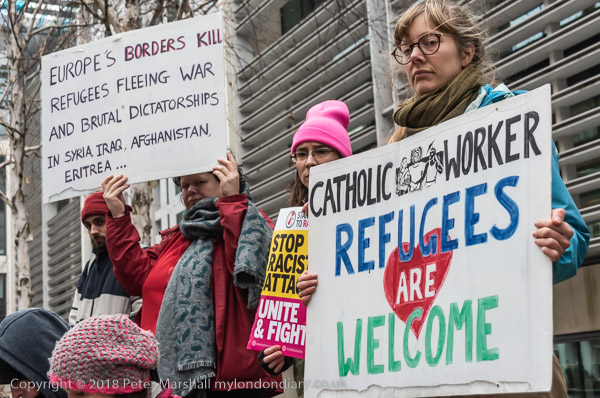
I don’t know if there will be an appeal against the convictions or the sentences, though there are probably grounds for both. But it’s shocking that such as serious charge should be misused in this way, clearly in an attempt to deter further acts of legitimate protest.
Usually I try to remain as an observer when photographing protests, but this was a liturgy rather than a protest and one I felt I had to take part in. So I stood with the others when not taking pictures, and when as a part of it a list was passed round with the names of some of the many refugees who have died, some drowned on their way to Europe, others trying to cross the channel , some in our deportation prisons, while being deported or deported to die in another country, I didn’t just pass it on, but read out some of those names.
More about the protest, and a few more pictures at London Stands With The Stansted15.
______________________________________________________
There are no adverts on this site and it receives no sponsorship, and I like to keep it that way. But it does take a considerable amount of my time and thought, and if you enjoy reading it, a small donation – perhaps the cost of a beer – would be appreciated.
My London Diary : London Photos : Hull : River Lea/Lee Valley : London’s Industrial Heritage
All photographs on this and my other sites, unless otherwise stated, are taken by and copyright of Peter Marshall, and are available for reproduction or can be bought as prints.
To order prints or reproduce images
________________________________________________________
